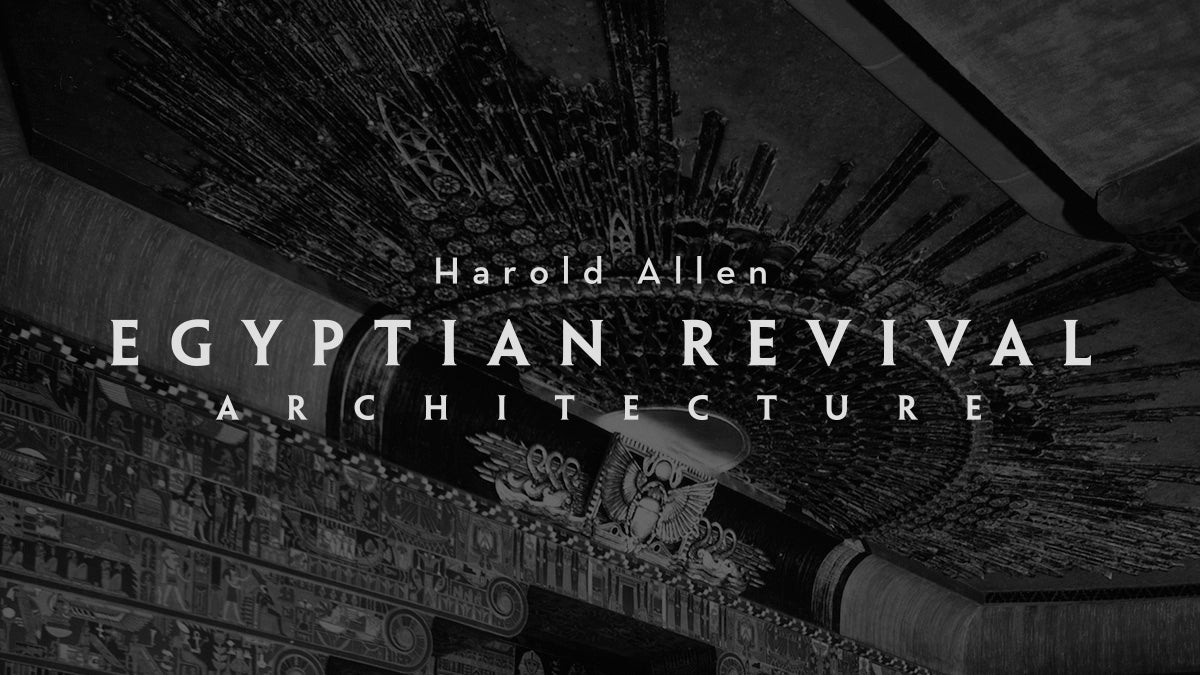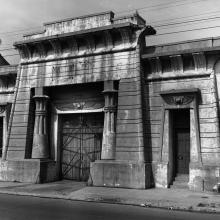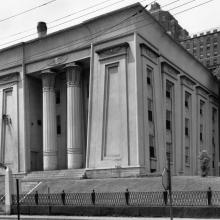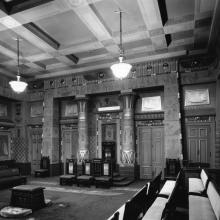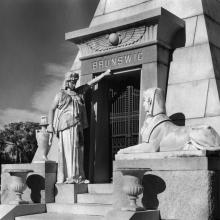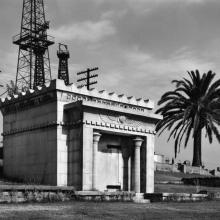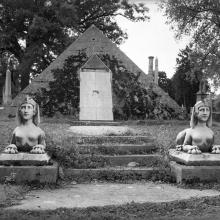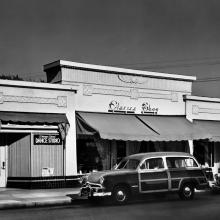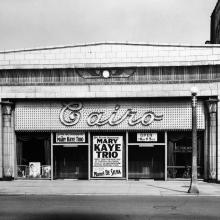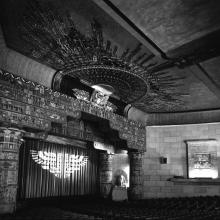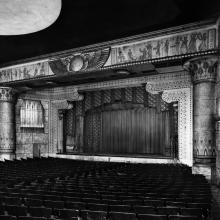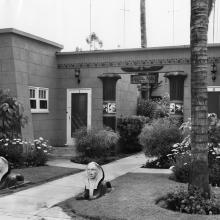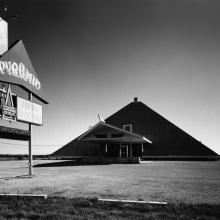Harold Allen: Egyptian Revival Architecture
Harold Allen: Egyptian Revival Architecture
At the age of ten, Harold Allen of Portland, Oregon, was captivated by the history and mythology of Egypt after reading a newspaper headline announcing Howard Carter’s discovery in 1922 of King Tutankhamun’s tomb. Allen keenly anticipated news reports on Carter’s excavation. During high school, he spent “many a happy study period reading and rereading” the entire three-volume set of The Tomb of Tutankhamun.
Studying art history in graduate school at the University of Chicago in 1946, Allen continued to pursue his lifelong passion of Egyptomania—the recurring popularity of Egyptian motifs in modern culture. Allen researched ancient Egyptian influences on eighteenth-century Western arts and architecture. He later made his most significant contribution to the field through his documentary photographs of nineteenth- and twentieth-century Egyptian-inspired architecture across the United States.
Egyptian Revival architecture first appeared in the United States in the early 1800s. Architects incorporated Egyptian designs in funerary architecture, monuments in the form of obelisks, and public buildings such as prisons. Designers also created Egyptian Revival interiors in buildings including churches and masonic temples. After the discovery of King Tutankhamun’s tomb, ancient Egyptian-inspired architecture flourished again in new forms, especially movie theaters and even apartment buildings. Harold Allen’s exceptional body of work documents the range of buildings inspired by Egyptian designs or motif, from the regal Virginia Medical College (1844–45) to the campy Pyramid Supper Club in Beaver Dam, Wisconsin (1961).
©2015 by the San Francisco Airport Commission. All rights reserved.
